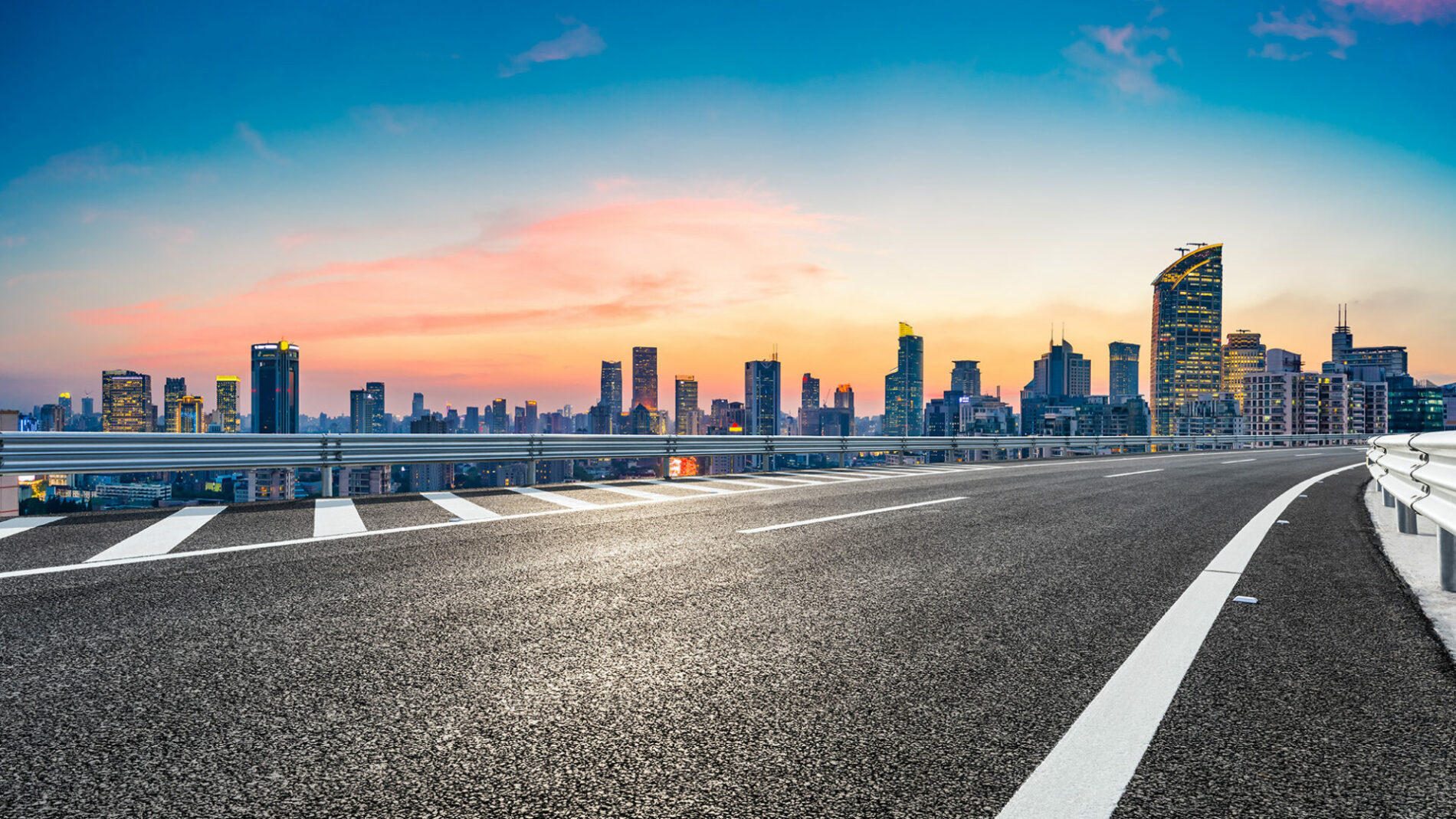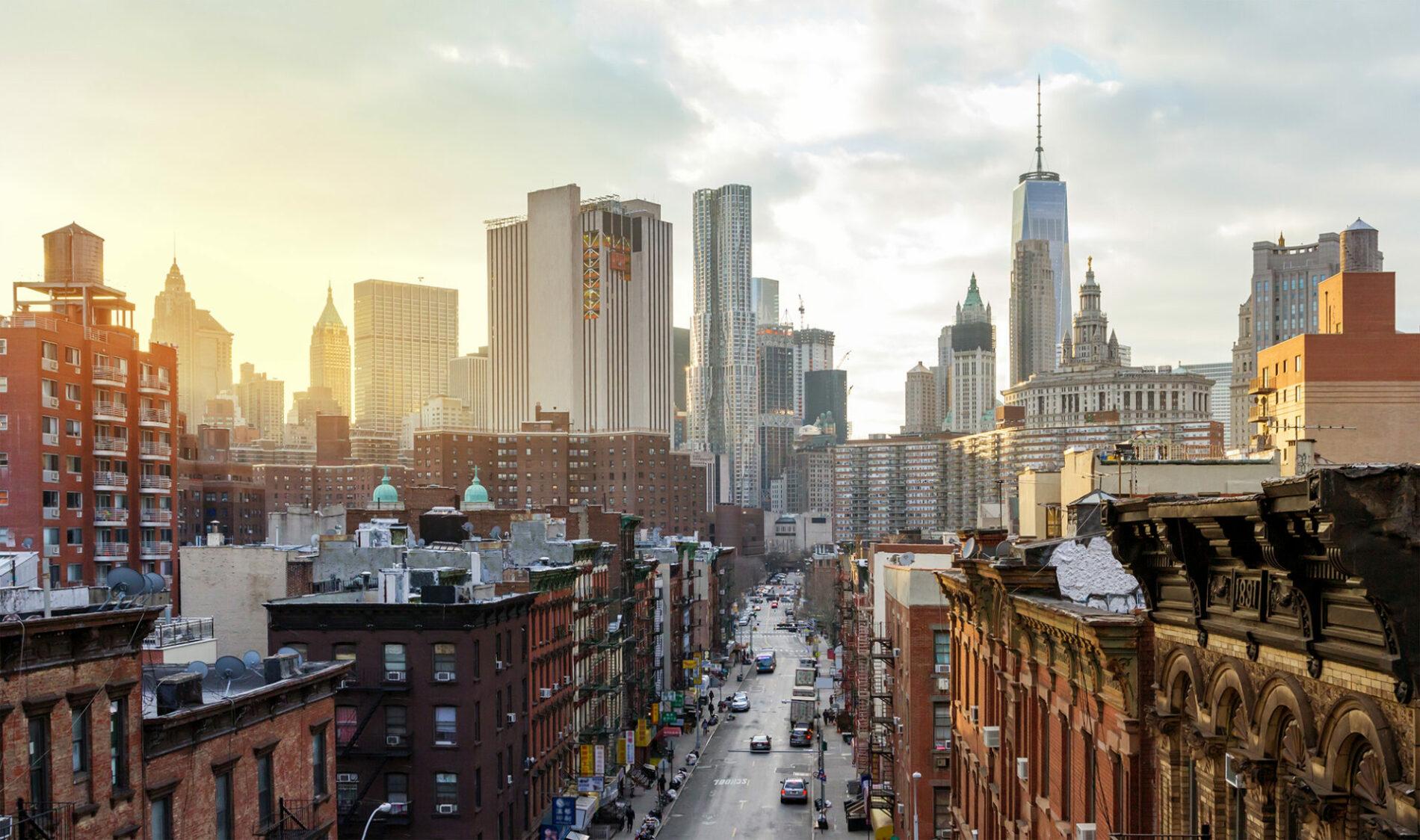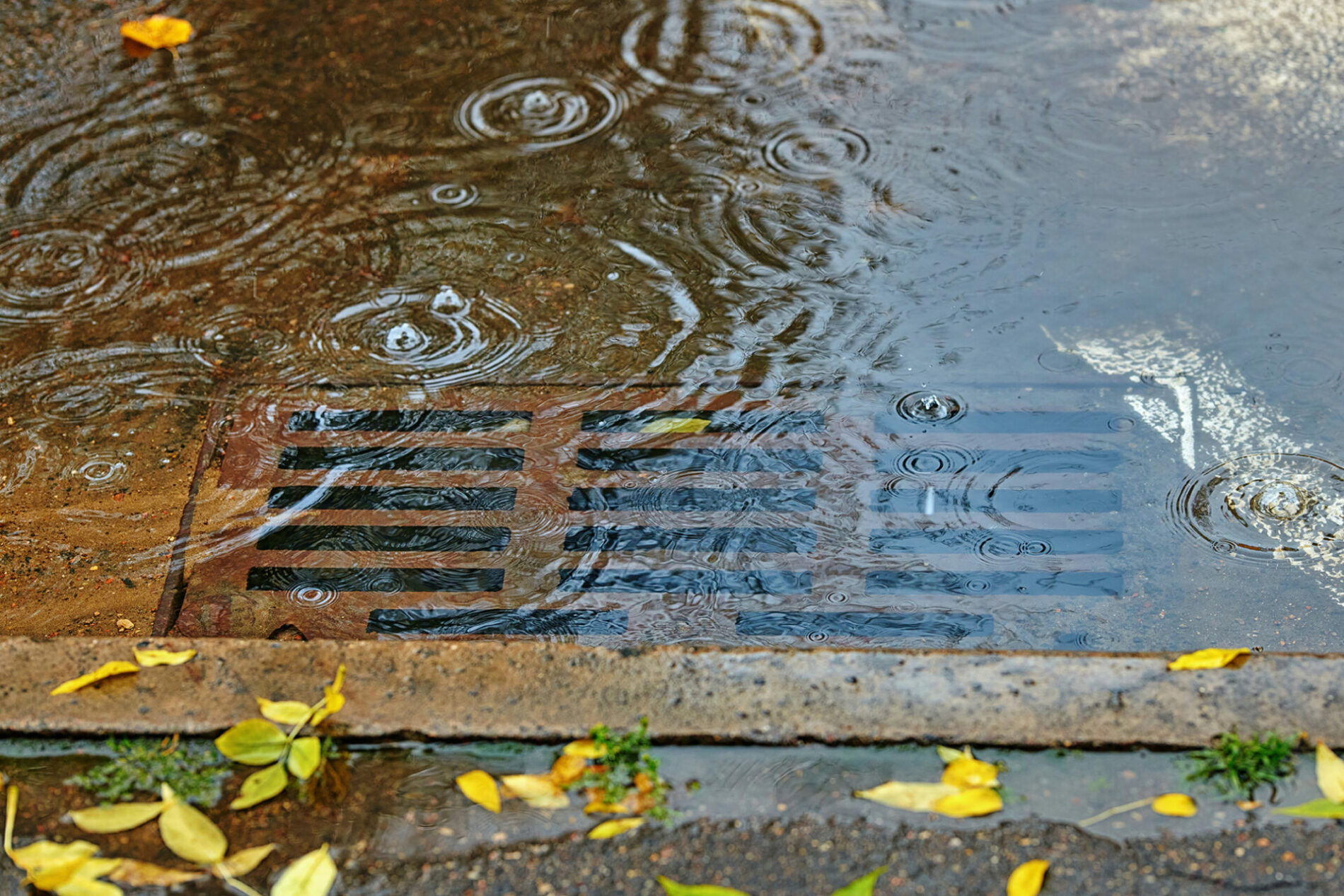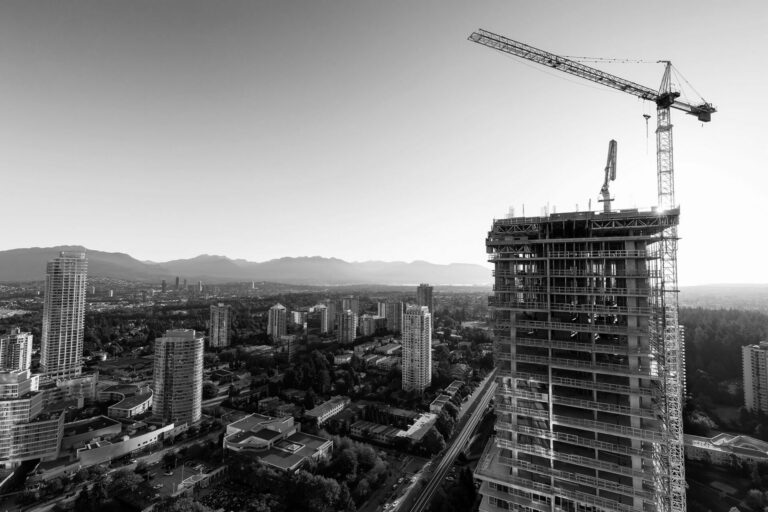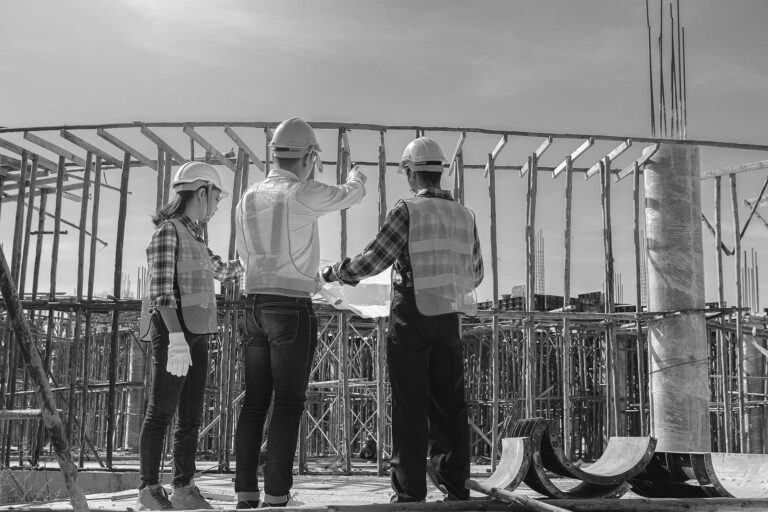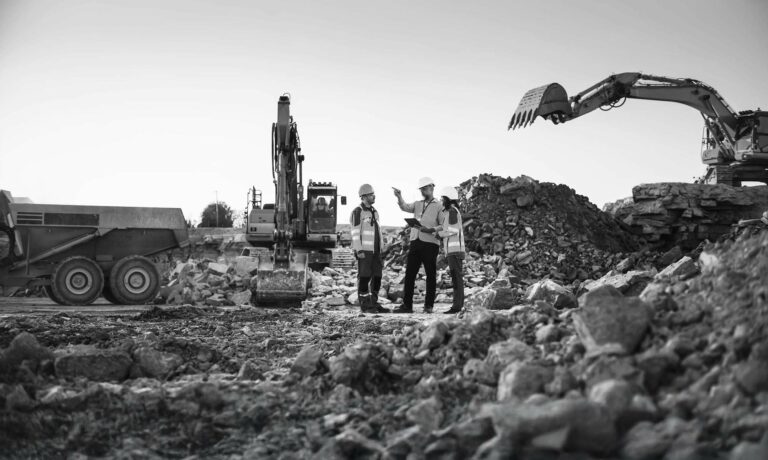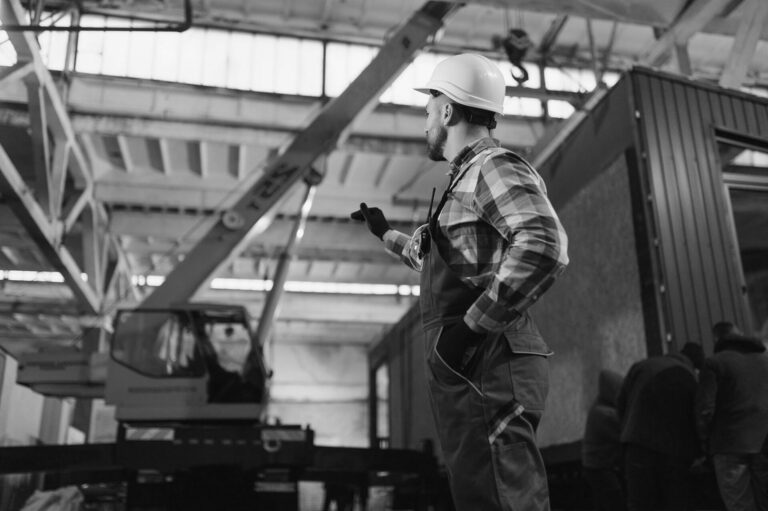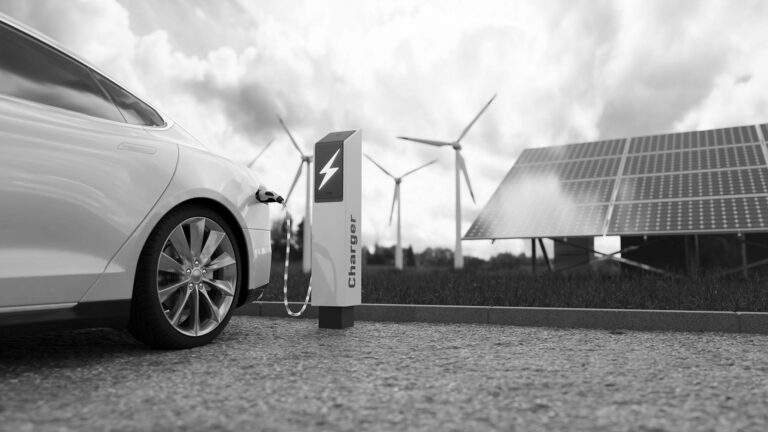The road towards equilibrium is one that takes many turns. As generations adapt to their own individual landscape, decisions are made which create yet another bend in the road. There has been no greater change to how we live on this earth than the Industrial Revolution. In a matter of years, the planet went from a geological web to interconnected cities, towns, and countries held together through a vast network of roads and sea crossings. While this change has undoubtedly been a hugely significant one for the way we live and the running of the planet, it moved the goalposts in terms of sustainable living that society is yet to fully grasp. As we saw during Covid lockdowns, nature doesn’t need long to reclaim the land around us. While innovative techniques and new processes come on-stream every day to assist with the negative effects of our consumption needs, it can feel like a never-ending battle.
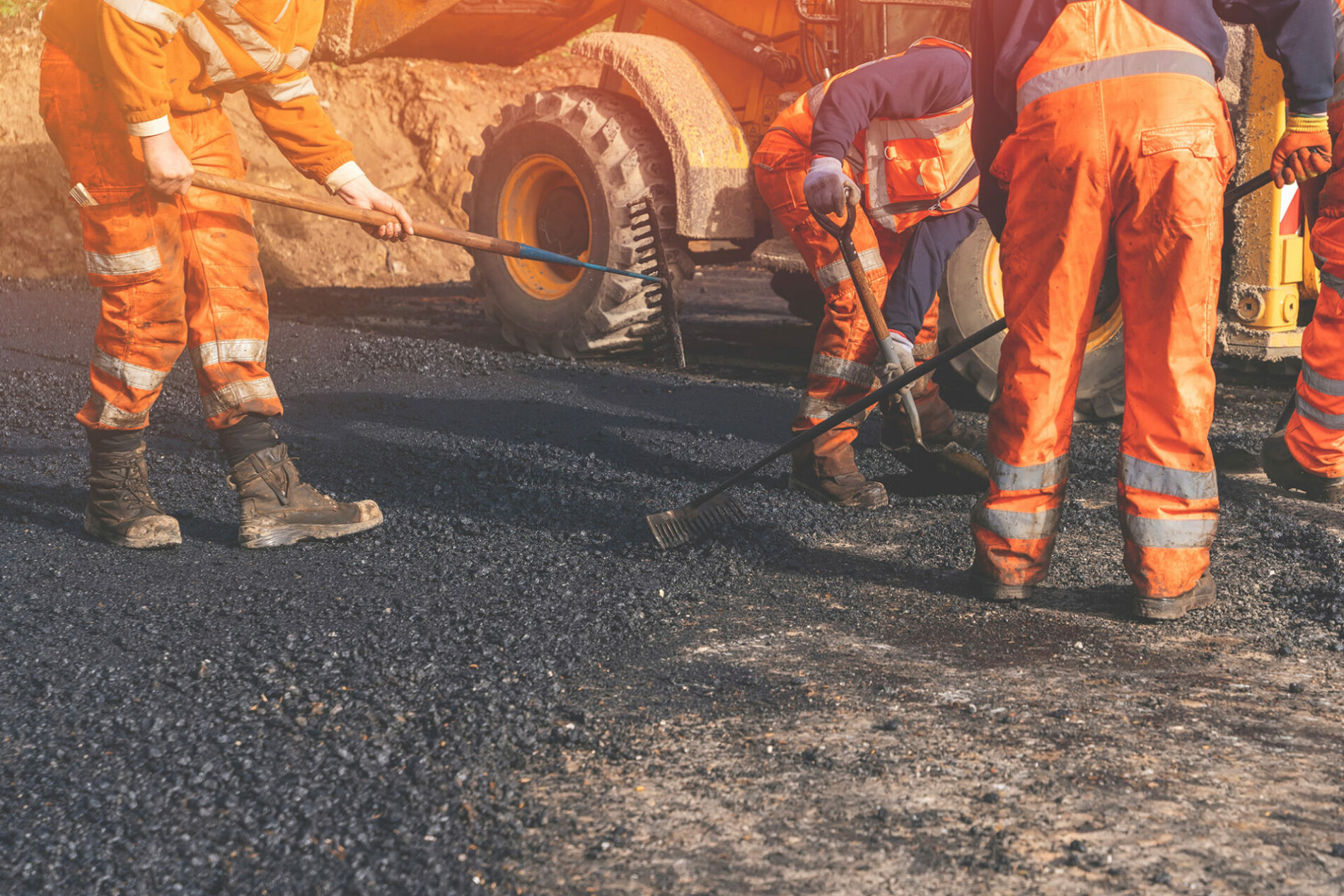
Take New York for example. It is one of the most populated and bustling places on the planet. However, long before it was a vibrant city, the area looked considerably different. According to Mannahatta: A Natural History of New York City, the 2009 book by senior conservation ecologist Eric W. Sanderson, the areas was a densely forested wetland, capable of absorbing the impact of weather events in a natural and efficient manner. While that time is long gone and the city is now an enormous jungle of concrete and steel, that doesn’t mean that the weather systems have changed also. As seen with Superstorm Sandy and Hurricane Ida, NYC is ill-equipped to handle serious weather events.
According to a recently published report from Central Park Conservancy and Yale School of the Environment, cities are at an ever-increasing risk of negative impact due to the way they are designed and built. “With more frequent extreme weather events and higher average temperatures, there is a clear need to address the impacts of climate change. These impacts are especially high risks for urban areas as these landscapes already experience higher temperatures and risk of flooding due to large amounts of impervious surface. Further, with the majority of people living within urban landscapes and a growing influx of urban residents, the climate related problems faced by urban residents represent a challenge to a significant portion of the global population.”
The report continues, exploring the mitigating effects that green infrastructure projects such as natural parks and increased tree planting has. While these projects brought much positive change, an uneven distribution means that not all residents are feeling the benefit of cooler streets. “While there is growing focus on the importance of urban greenspaces, there is limited focus on the importance of natural areas within cities. This lack of focus excludes large portions of greenscapes within cities which may have some of the largest impacts on climate change. For example, in New York City, over approximately 12% of the total land is natural area and this landcover serves to cool the city, absorb stormwater, provide habitat for local species, and provide biocultural services for residents. However, the natural areas within cities are not uniformly distributed and, therefore, the services that natural areas provide are not equally beneficial to all residents.”
With this in mind, it is no surprise to learn that New York is leading the way when it comes to positive change in this regard. The city has a history of incorporating positive action in the green and environmental sectors. In fact, as part of new stormwater requirements that govern green infrastructure, NYC is now seeing an uptick in the use of permeable pavements. These pavements are designed to return water to the soil as efficiently as possible and they mimic the behavior and actions of greenery. According to the Green Infrastructure department in the city, the benefits of this material are enormous. “Green infrastructure is a cost-effective way to help create a sustainable New York City. It reduces temperature during hot weather, improves street drainage, reduces puddles and ponds and reduces pollution to New York City waterways.”
“Green infrastructure is a cost-effective way to help create a sustainable New York City. It reduces temperature during hot weather, improves street drainage, reduces puddles and ponds and reduces pollution to New York City waterways.”
The need for the use of this material is clear. In recent years, the city has been hit by extraordinary weather events which have caused enormous damage to infrastructure, homes and people. “Climate change is bringing with it rainstorms that can overwhelm our sewers and cause flooding across the five boroughs, which is why we are investing in tools that will divert rainwater away from the sewer system, such as porous pavement,” said NYC Department of Environmental Protection Commissioner Rohit T. Aggarwala. “Brooklyn got hit particularly hard by Tropical Storm Ophelia last September and this new porous pavement will help to ease pressure on the sewer system and protect residents during future storms.”
Recently, a project was announced to lay seven miles of porous pavement in Brooklyn. The $32.6 million contract has already started and is expected to be completed next year. According to Brooklyn Borough President, Antonio Reynoso, the project is coming just in the nick of time for an area which has been impacted greatly. “Brooklyn will now see seven miles of porous roadways designed to alleviate flooding and protect our borough against extreme weather. Heavy rainfall and severe flooding events are increasingly common as the consequences of climate change unfold. Resilient infrastructure like porous roadways is essential to a future-ready borough, and I am so grateful to DEP and DDC for bringing this innovation to Brooklyn.”
This project is part of New York City’s Green Infrastructure Program. The program, which has been ongoing for almost a decade, includes the building of porous pavement, curbside rain gardens, permeable pavers, green or blue roofs, and underground storage. While challenges may remain and this material is not a catch-all for environmental concerns in the five boroughs, it adds another string to the bow for New York as it manages the effects of climate change.









